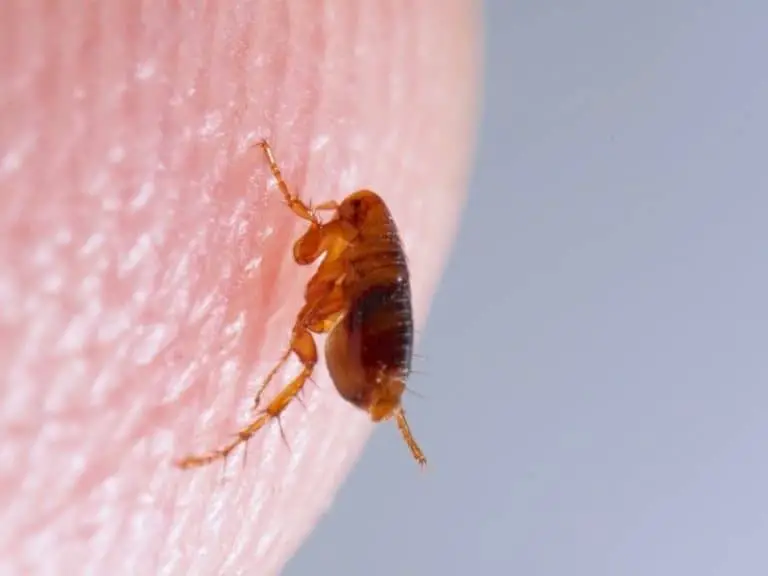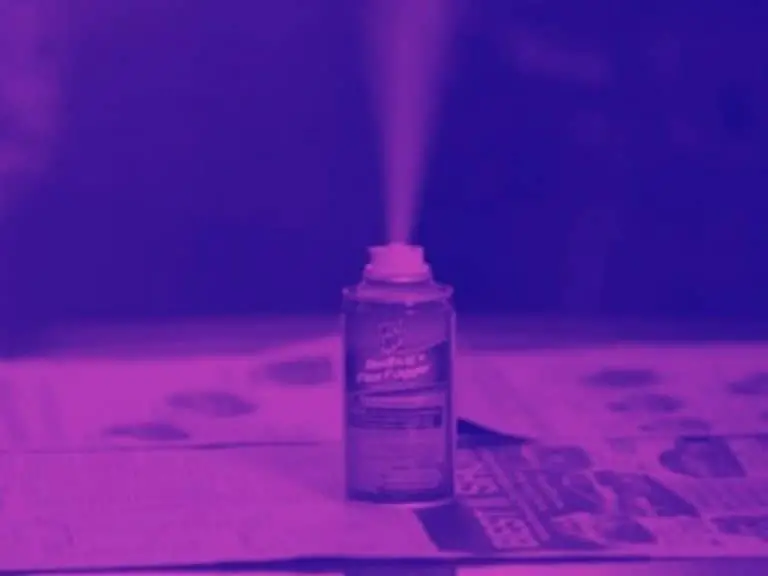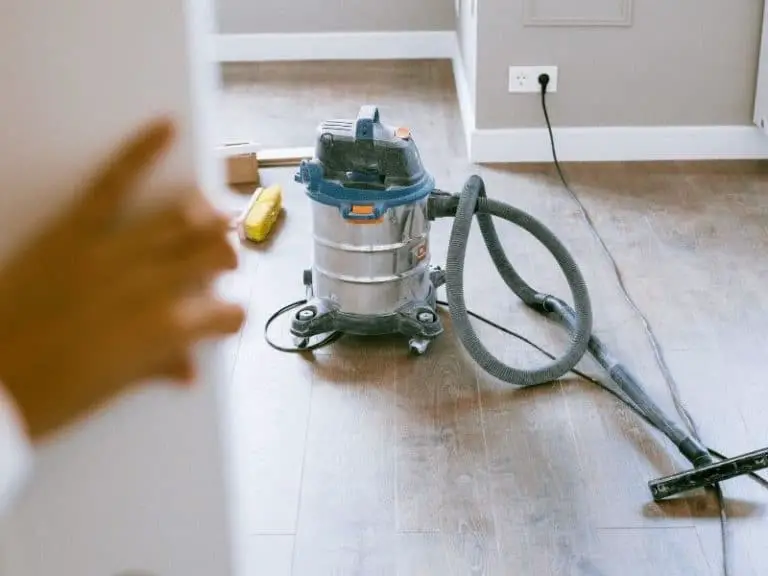Getting Rid Of Fleas and Bed Bugs From Your Bed
Fleas are quite hard to eliminate once an infestation has taken hold, and you may be naturally concerned about the possibility of fleas taking a liking to your bed and living there. Do fleas stay in your bed where they can constantly bite you and your pets?
Once they get to your bed, fleas will very likely stay there. They love to hide and breed in your mattress where it is warm and safe. Your bed is an ideal flea habitat. They can easily and quickly breed, lay eggs, and multiply in your mattress. They also have you and your pet to constantly feed on.
The presence of fleas in your bed is a problem that needs an immediate and decisive solution, and you need to learn how to tell if you have a flea infestation in your bed as well as how to eliminate them from your mattress and your home. You may also confuse fleas with bed bugs; thus, you need to know how to differentiate between the two.
How to Tell if Fleas are Present in Your Bed
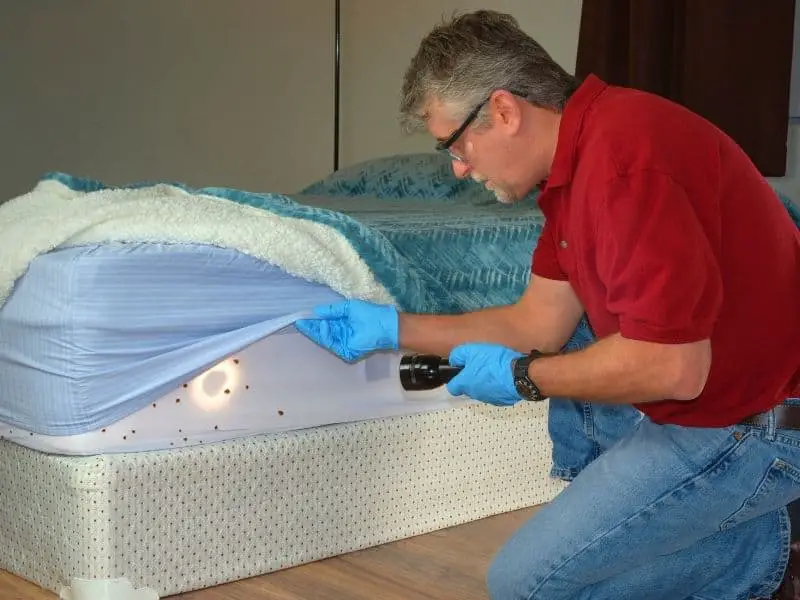
Fleas are in your bed when you see signs of their presence on the bedding, such as blood stains and debris that are dark-colored. You will also get bites on your lower legs after you have slept. These bites are itchy and appear as small red-colored spots. You may also observe jumping adult fleas.
You can find fleas hiding in your bed between the sheets and your pillowcases. Fleas also hide in your mattress.
They may have gotten there if your pets have fleas and your pets sleep or stay around your bed. Dogs and cats are the typical and preferred host of fleas, but they do not hesitate to bite humans as well.
One sign that your pet has a flea infestation is its annoyance and incessant scratching, as well as the presence of “flea dirt” on its body, which are flea feces. You may also see actual adult fleas on its fur.
Your home and bed can also be infested with fleas even if you do not own any pets.
A neighbor with an infested pet may transfer the fleas to your clothing as you go around your yard near your neighbor, and hitch a ride into your home. Your clothing may also have fleas which can come from the various places you have visited outside.
In addition, you may have moved into a house whose previous owners’ pets have fleas, and have left the fleas there as an unwanted bonus for you.
What exactly are fleas?
Fleas are small jumping insects that live on the blood that they suck from mammals. Their larvae, which emerge from flea eggs, do not feed on blood but eat all available organic materials such as debris and flea feces.
Fleas measure around 3 millimeters long. They are flattened and have a reddish-brown color. They are parasites of both humans and animals. Their tiny size is not proportionate to the large inconvenience and suffering that they cause.
Once fleas start invading your bedding, these nearly microscopic animals quickly get to your mattress and live and reproduce there, all while feeding on you and your pets.
If you find yourself scratching your skin – especially on your lower extremities – and see red bite spots where you are itching, you are already dealing with an infestation. Check on your pets and children if they also have bites and if there are actual fleas on your pets.
How Do You Differentiate Fleas from Bed Bugs?
Bed bugs:
- 1.5 to 5 mm
- seed-shaped
- flat
- reddish-brown
- nocturnal
- seen on mattress piping, box springs, bed frames, along cracks, crevices, baseboards
Fleas:
- 1.5 to 3.3 mm
- oval shaped
- skinnier
- longer
- reddish-brown
- often seen on pet fur, animal bedding, around carpets or upholstery.
It is essential to know what type of infestation you are dealing with, because treating fleas and bed bugs have certain differences. Identifying and differentiating them from each other, however, may not be so easy because these parasitic insects are too small so as to be almost invisible to your naked eye.
While they have distinct differences, you should remember that the characteristics of their bites can vary between individual persons and situations.
Fleas and bed bugs have different host preferences.
Both feed on warm-blooded hosts for their blood meals, although fleas prefer to feed on furry or hairy animals like dogs and cats. Meanwhile, bed bugs feed on people.
Dogs, cats, pocket pets, and wildlife, therefore, tend to bring the fleas that infest your home. In contrast, bed bugs are usually brought to the home by humans.
Both also have differing life spans in their different life stages.
Flea pupae can live for many months even with no host to feed on. Adult fleas, on the other hand, only last for approximately two weeks. Meanwhile, adult bed bugs are able to live even for a year without feeding.
In terms of reproduction, a female flea is capable of laying 150 to 300 eggs per week, while a female bed bug only lays about 200 eggs in its entire lifetime, which lasts for around 10 months to a year.
The feces of bed bugs are rust-colored, while those of fleas are round specks that look like black pepper.
Fleas can jump, while bed bugs cannot.
Neither of them can fly.
Bed bugs need to crawl on your bed to bite you, while fleas are able to jump to a height of 13 inches, which is almost 200 times the length of their body. Jumping allows fleas to transfer from one host to another as well as hitch a ride on animals or humans to reach new places and new hosts.
Bed bugs are not known to transmit pathogenic organisms to humans; fleas, on the other hand, can spread pathogens such as plague, cat-scratch fever, and typhus.
What are the Differences Between Flea Bites and Bed Bug Bites?
Flea bites and bed bug bites appear to be similar, but they also have distinct differences. The differences between their bites are enumerated below. Also, take note that bites can have different effects and appearances on different people and situations.
Bed bug bites:
- are flat and raised
- are red in color due to the allergic reaction to bed bugs’ saliva, which contains anticoagulants and anesthesia
- often appears as a straight line or row with three to four bites
- take several days to a week before appearing
- gradually itch more as the salivary anesthetic wears off
- come from blood meals made every 7 to 10 days while you sleep
- are often found on the hands, arms, neck, and face
- look like the bite of a mosquito
Flea bites:
- appear like a cluster of bites on the feet and legs
- are typically placed randomly
- usually look like dots having a dark red central portion
- appear as a red bump that swells within a half hour to one hour after the bite
- cause immediate and persistent itching
- can become a blister or open sore within 1 to 2 days
- are caused by adults that will feed many times, regardless of the time of day
- come from hours of continuous feeding
How to Remove Fleas From Your Bed and Home
You can remove fleas from your bed by:
- washing all affected beddings, sheets, blankets, pillowcases, and clothing on a hot cycle using a detergent
- using heat from the dryer
- vacuuming mattresses and surrounding areas
- using flea bombs or insecticides
- treating pets with anti-flea medication
The heat from the washing machine and dryer will kill all stages of fleas. Use the hot tumble dryer option to wipe them out.
Rigorous vacuuming will also get them; make sure to eliminate the carefully sealed vacuum bags outdoors so that the fleas cannot return.
Make sure to cover all surfaces, particularly crevices and cracks, where fleas love to hide.
Regular vacuuming which gets the larvae and eggs will ensure that the fleas’ life cycle is disrupted so that infestation cannot persist.
When using flea bombs, be sure to follow instructions carefully. You can also hire an expert pest control company to handle the procedure.
For mild flea infestations, flea powders or ground herbs such as peppermint, fennel, and rosemary can be used as well. For heavier infestations, a residual insecticide may be needed in carpets and other areas where fleas hide.
Make sure your pet’s anti-flea medication is always updated. Ask your veterinarian about the right preventive program against fleas.
Related questions
What can I apply on my skin in order to prevent fleas from biting?
There are several natural repellents for fleas, such as essential oils that can be sprayed on the skin directly. Myrtle oil or thyme oil can repel fleas better than DEET or permethrin, and are safer for our health.
What natural substances do fleas hate?
Fleas are effectively repelled by strong aromas coming from lavender, eucalyptus, clove, peppermint, citronella, and citrus. Cedar beds are popular for dogs because they can repel fleas.
Medical Disclaimer: TheHomePestControl is a digital publisher and does not offer personal health or medical advice. The contents of this website are not intended to substitute for professional medical advice, diagnosis, or treatment.
Affiliate Disclaimer: As an Amazon Associate, I earn from qualifying purchases made on our website. If you make a purchase through links from this website, I may earn a commission at no additional cost to you.

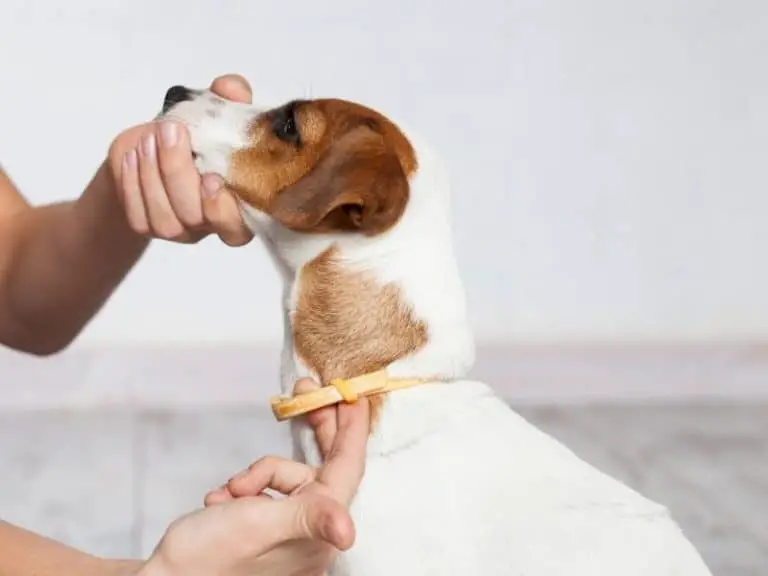
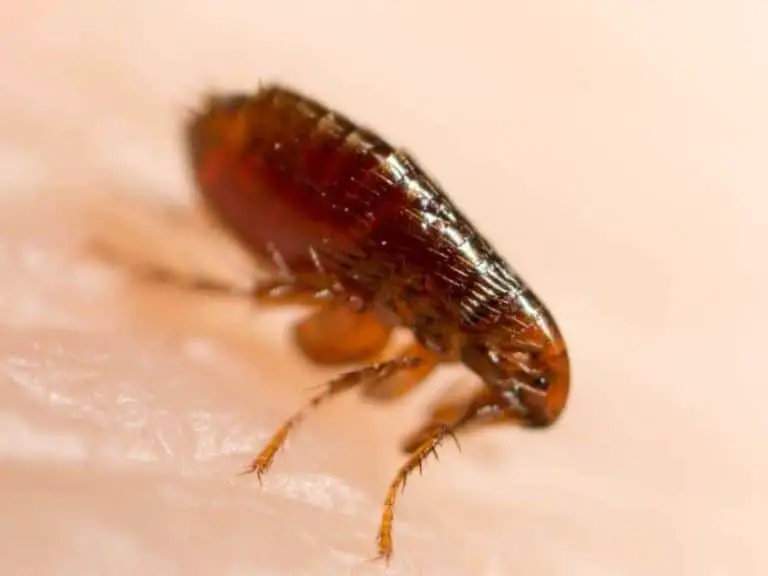
![How Much Do Fleas Poop In Their Lifetime [77mg]](https://wypestcontrol.com/wp-content/uploads/one-cat-flea-768x576.jpg)
